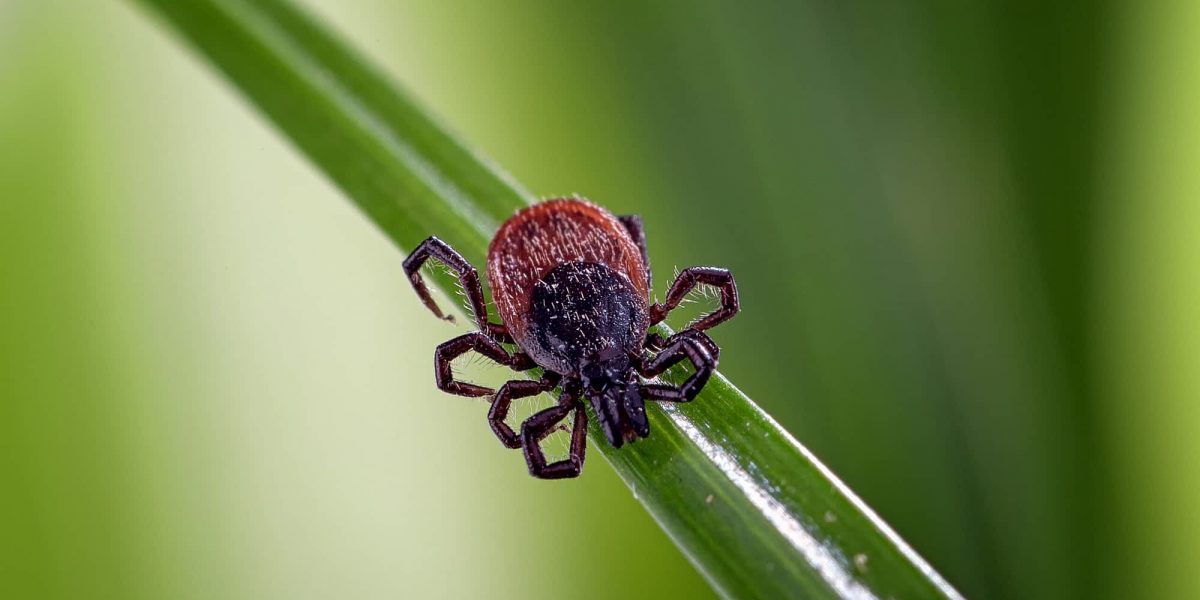How long is a ticks life cycle?
The risk of Lyme disease in Toronto is ever-increasing, making the issue a growing concern in all of Canada. It is even believed that the month of May is a month of awareness for Lyme disease.
It is not unknown too, that the transmitter of this outrageous disease is none other but the little creatures called ticks. Once infected, ticks have the ability to spread Lyme disease to both dogs and humans. They may not necessarily infest your home, they only need to bite. In biting, they transmit the disease
How then do we deal with these tiny arachnids (called ticks), preventing them from your pets and properties, and avoiding their bites altogether? In Toronto, as well as across Canada, two (2) types (or species) are common. These are the Black legged ticks and the American Dog ticks. The Black legged ticks were previously referred to as the Deer tick, and this particular tick specie has been identified to be the common vector for Lyme Disease. As earlier mentioned, a Black-legged tick infected with Lyme disease, spreads the disease to both man and dog, through its bite.
Fundamental to eliminating tick populations before the problem of persistence and infestation – is understanding their life cycle and the stages they undergo in their lifetime. This will go a long way in taking preventive measures against tick infections.
Tick Life cycle
There are four (4) stages in the development of tick. There is the egg stage, the larval stage, the nymphal stage and then the adult stage.
Eggs
In spring, the female adults lay eggs in leaf litter. They can lay thousands of such eggs during the spring season. Once egg-laying is complete, the female adult dies, leaving the eggs to hatch into larvae (or seed ticks).
Larvae
Towards summer, larvae hatches from the already laid eggs. At the larval stage, ticks have six (6) legs. They obtain Borrelia burgdorferi (B. burgdorferi) from host organisms. It is important to note that certain animals play hostage for ticks as they develop. This is because ticks require nourishment in form of blood meal, to grow through the remaining three (larval, nymphal and adult) stages of their life.
And so, they feed on the blood of small animals (like the white-footed mouse), to get nourishment to aid their development.
Still within the leaf litter, where they were laid as eggs, larvae remains ‘dormant’, all through the fall as well as in winter.
Nymphs
Then comes to spring again and these initially ‘dormant’ larvae develop into nymphs. They could feed on animals, and as well have the ability to transmit B. burgdorferi to humans and animals they feed on. The stage spans through summer.
Adults
During the fall, which seemingly spans to the second year in the developmental stage of ticks, the nymphs grow into adults which are now capable of feeding on large animals. They continue this way, all through winter, and then the female adults mate. In the spring, the female adults lay eggs and the process begins all over again.
From the study on the life cycle of ticks, it is realized that the risk of human infection is at its peak, in late Spring and in Summer- while the ticks are at the nymphal stage (and feed on humans and small animals), as well as at the adult stage (when they feed on man and large animals). Conclusively, ticks are active through spring season and it is advisable to watch out for them in such seasons.


